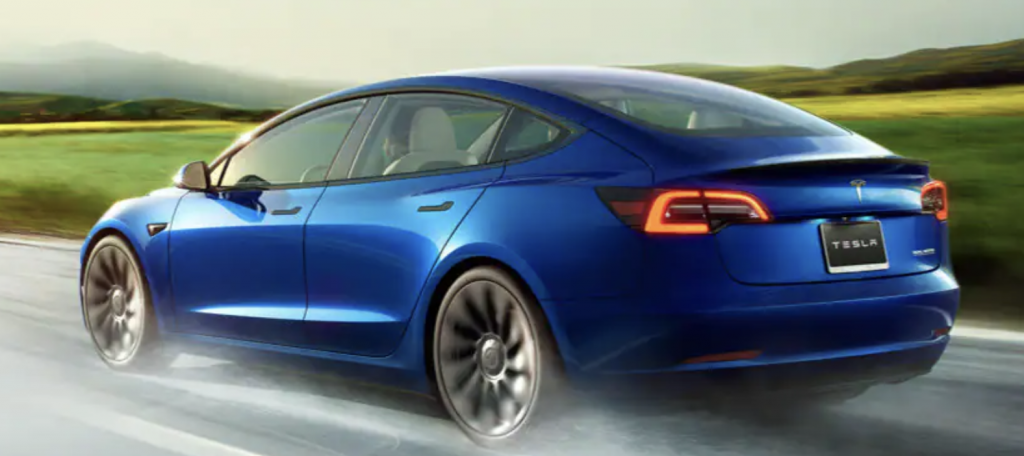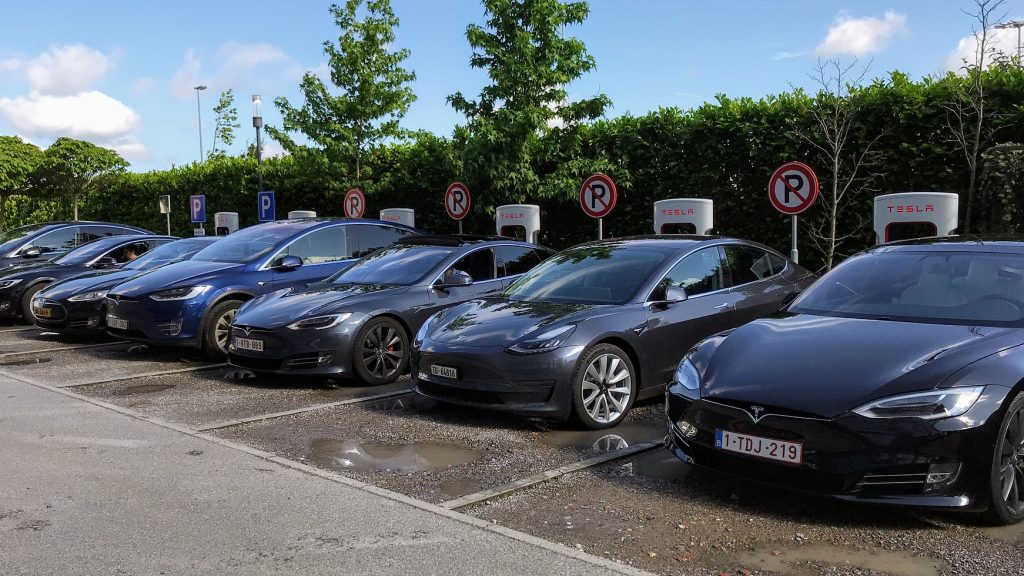The Self-Driving Car Industry Is Changing Its Name In Favor Of Another
The self-driving car industry is changing its name to address one key problem.
This article is more than 2 years old

In 2016, Volvo, Ford, Wayo, Lyft, and Uber joined forces to create a lobbying group called Self-Driving Coalition for Safer Streets. The group aimed to convince lawmakers in Washington, D.C to pass favorable legislation on autonomous vehicles. While the name seemed rather straightforward at the time, the group has decided to distance itself from the term “self-driving” by dropping it from its title.
The group is now called the Autonomous Vehicle Industry Association (AVIA) – which is also pretty straightforward. While some may see the move as a dig at Tesla, it makes good sense with the current level of semi-autonomous vehicles on the market these days. Since its inception, the organization has grown to include the top vehicle operators in the country like Cruise, Aurora, Argo AI, Motional, Niro, and Zoox. So ditching “self-driving” is a smart decision.
Interestingly Tesla, who is not a member of the AVIA, still uses “self-driving” to describe its technology. This is despite coming under recent scrutiny for adding catchy, misleading names to their semi-autonomous technology systems. Although there are no self-driving cars on the market today, the company continues to sell a “Full Self-Driving” package on its vehicles. In reality, it’s a beta version of an advanced driver-assist system. It controls some of the car’s functions on the roads but still needs human supervision. In contrast, autonomous vehicles can operate without any human intervention or supervision.
The newly dubbed lobbying group doesn’t reference Tesla’s self-driving tech in its announcement. However, it says the new name better aligns with their commitment to precision and consistency in how the industry, policymakers, journalists, and public talk about autonomous driving technology. In a statement, via The Verge, the organization also called on all stakeholders to clearly distinguish between AVs and driver-assist to increase consumer trust and understanding. The AVIA advocates for autonomous vehicles, which perform the entire driving task. They don’t require human operators, and the people or packages in the vehicle are just along for the ride.

Over the years, there have been increasingly urgent calls to standardize the language used to describe autonomous driving. Ford is even in favor of standardized visual cues that autonomous vehicles could use to communicate intent to other road users, reports AXIOS. Critics also continue to do battle with the global standard for self-driving. According to The Drive, the language of self-driving cars is too broad, making those vehicles’ claims very dangerous.
Federal regulators agree too. Speaking to The Verge, US Secretary of Transportation Pete Buttigieg was critical of any company that uses misleading language (or catchy terms like self-driving) to describe driver-assist features. “I’ll keep saying this until I’m blue in the face. Anything on the market that you can buy is driver assistance technology, not a driver replacement technology,” told the publication. “I don’t care what it’s called. We need to make sure that we’re crystal clear about that – even if companies are not.”
In the future, a federal guide on terms and phrases that vehicle manufacturers can use would also be helpful. As it stands, automakers can come up with any cool-sounding phrase (like self-driving) for advanced safety and driver-assist features without properly explaining what they do.




